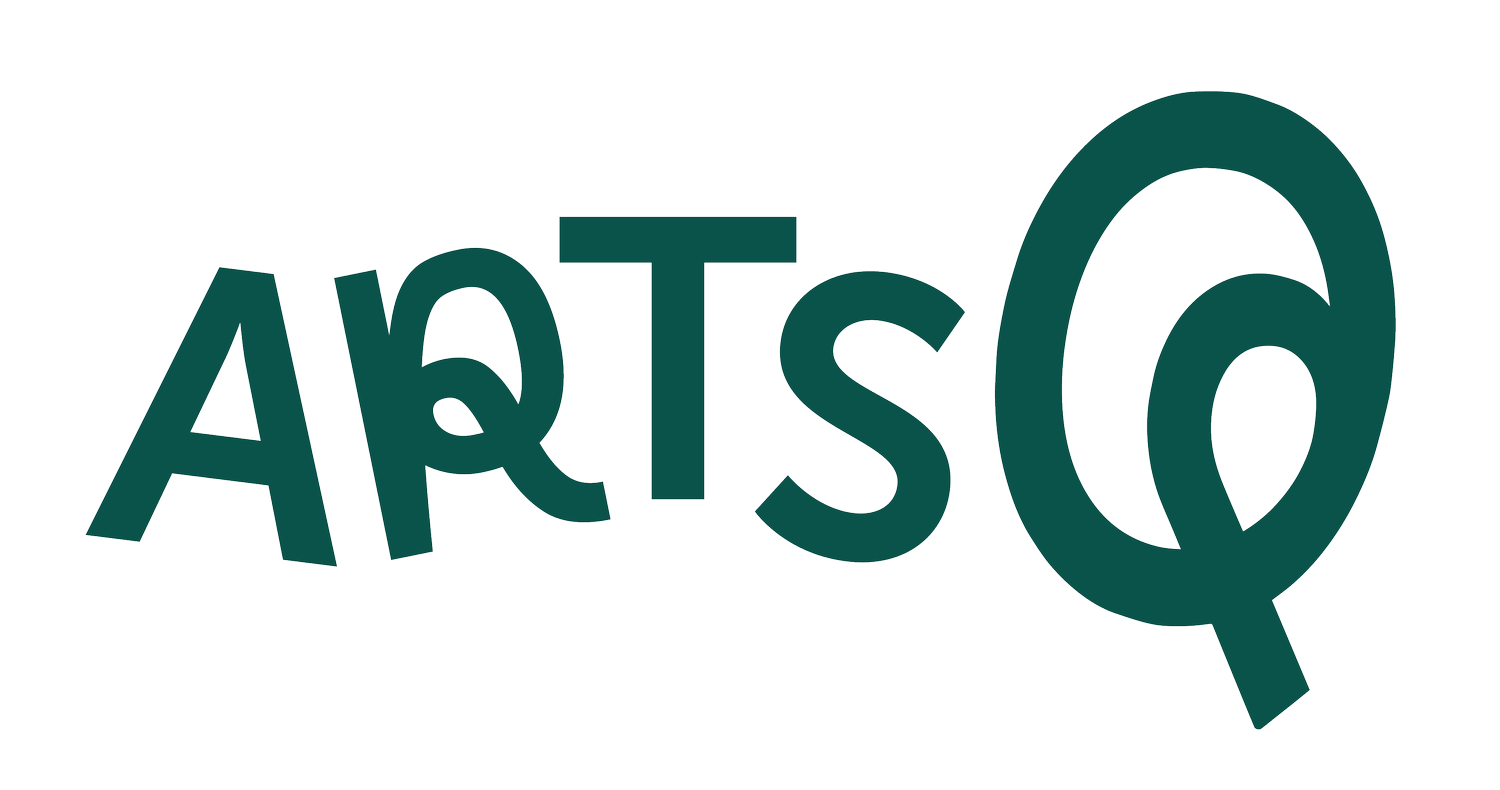What is a mingqi? | Ancient Chinese tomb objects
In this video, we define the Chinese term mingqi (明器 or 命器) and explain how we use this term to categorize early Chinese tomb objects, particularly those discovered in Han dynasty (202 BCE–220 CE) tombs. We examine an elegant earthenware figurine of a sleeve dancer in The Metropolitan Museum of Art as an example of mingqi and discuss the variety of materials used to create mingqi, including silk and jade. We also explain how mingqi differ from other types or categories of objects found in early Chinese tombs. This short video is part of a series that breaks down key terms in art history, archaeology, and history!
This video is perfect for anyone looking to learn more about:
Early Chinese art
Funerary art
Han dynasty China
Death and the afterlife in early China
Art History
Speaker: Dr. Cortney Chaffin Kim
CHAPTERS
0:00 Introduction to a painted earthenware sleeve dancer
0:33 What is mingqi?
1:55 Importance of providing for the dead in early China and the impact today
Learn more
Check out our entire glossary of art history: https://www.artsq.org/about-key-terms-ideas-art-history





